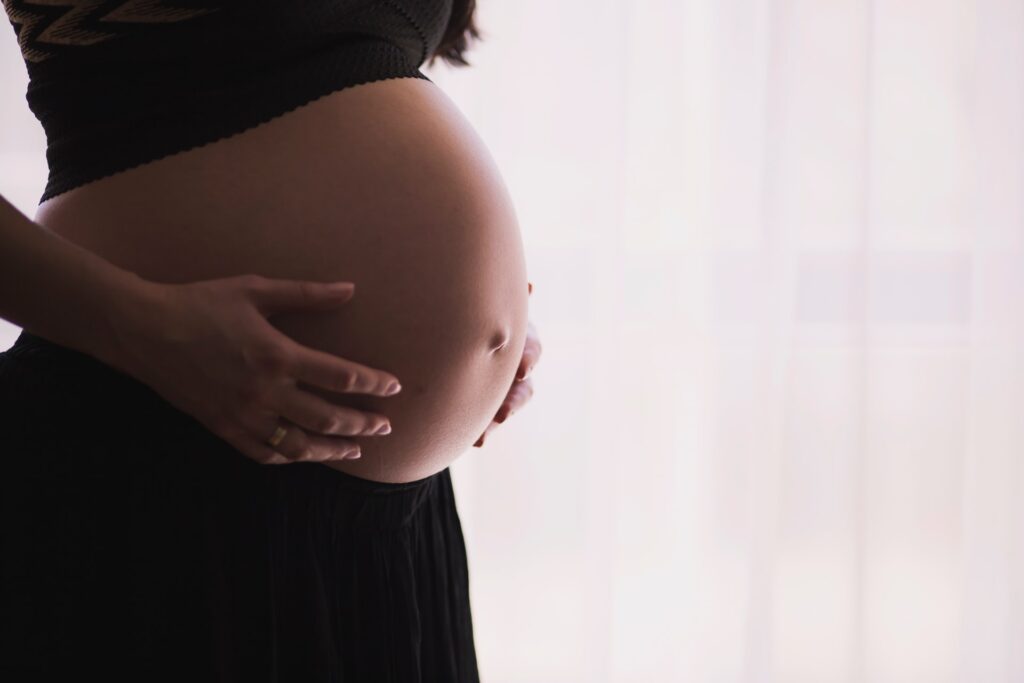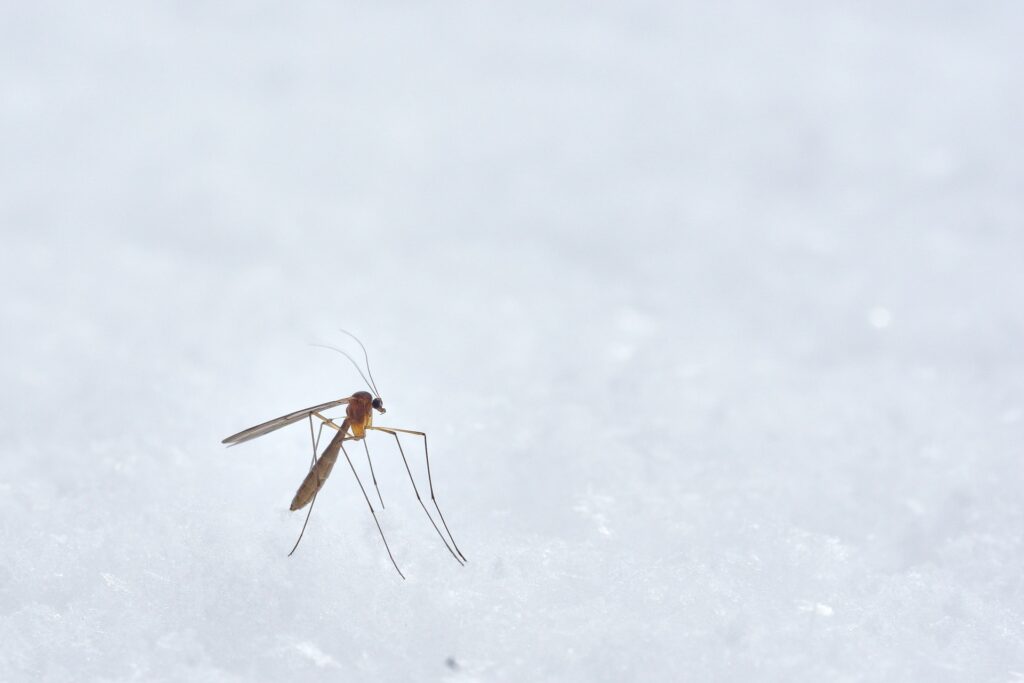Growing pains (or also known as benign nocturnal limb pains of childhood) are aches or pain in the legs — often in the front of the thighs, the calves or behind the knees.
Growing pains are common in preschool and school-age children. They affect about 35 % of children four to six years of age. They’re slightly more common in girls than in boys.
Although these pains are called growing pains, there’s no evidence that growth hurts. The cause is still unknown, we think that the ache or pain at night is likely due to overuse of the muscle during the day such as running, climbing and jumping.
Symptoms
Growing pains usually cause aching feeling in the front of the thighs, the calves or behind the knees. It usually affects both legs. Some children may also experience abdominal pain or headaches during episodes of growing pains.
The pain typically occurs in the evening or at night and should disappears by morning. Rarely may it awaken the child from sleep. The pain usually doesn’t occur every day but comes and goes.
It is important to remember that growing pain does not cause limping and should not affect the child daily activities.
Management
We can normally diagnose growing pains without having to order any tests. History and examination alone is sufficient. In some cases where the history is not clear, your doctor may order blood tests or X-rays to help rule out other problems that may be causing the pain.
Not all types of leg pain in children are growing pains. Sometimes leg pain may be caused by underlying conditions that can be treated.
There’s no specific treatment for growing pains. The good news is that growing pains does not cause serious health problems and does not affect growth. Growing pains often get better on their own within a year or two and often become less painful over time.
Lifestyle and home remedies
In the meantime, we can help ease the discomfort with self-care measures such as:
- Stretching exercises. Stretching the muscles in the legs during the day may help prevent the pain at night.
- Rub your child’s legs. Children often respond to gentle massage. Others feel better when they’re held or cuddled.
- Use a heating pad. Use a heating pad before bedtime but remember to remove it once your child falls asleep. A warm bath before bedtime may also help.
- Pain reliever. If the pain is more severe, we can consider simple pain medication such as ibuprofen or paracetamol.
When to be concern?
If the pain is:
- Persistent and present in the morning
- Pain is severe and interfere with your child’s normal activities
- Located in the joints
- Accompanied by other signs or symptoms, such as swelling, redness, fever, limping, rash, loss of appetite, weakness or fatigue
If any of the above is present, you should definitely see your family doctor to get it examined.
(Dr Lee Chong Han, Trucare Medical and Surgery)
(The article is provided only for medical education purposes. It is by no mean to substitute for professional medical advice, diagnosis, or treatment. These are medical procedures performed by medical professional and should not be performed in a non-medical setting. Please contact your own physician or other qualified health care provider with any questions you may have regarding your medical condition.)



